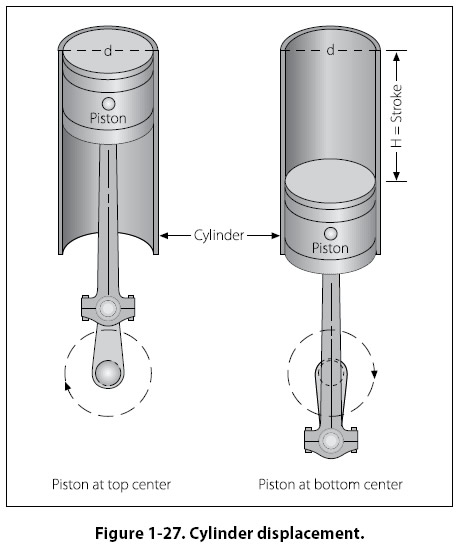

The piston has a mass of 8,000 g and an area of 5.00 cm2 and is free to slide up and.

Which is higher, T(A) or T(B)? If you are seeing this message, that means JavaScript has been disabled on your browser, please enable JS to make this app work. An ideal gas is enclosed in a cylinder with a movable piston on top of it. The pressure of the sample is 0.90 atmosphere and the temperature. At the end of the experiment the gas temperature is T(B). A sample of gas occupies a volume of 50.0 milliliters in a cylinder with a movable piston. In a different experiment ‘B’ the pressure of the gas is reduced to half in an isochoric process and then the gas performs a work W on the surrounding during an isobaric process. The temperature of the gas is held constant as the piston is pulled outward. At the end of the experiment the temperature of the gas is T(A). 50 A rigid cylinder with a movable piston contains a sample of helium gas. What is the volume of this sample when the temperature is changed to 150. kilopascals and a volume of 70.0 milliliters.

In an experiment ‘A’ the gas is allowed to perform a work W (gt 0) on the surrounding during an isobaric process and thereafter the pressure of the gas is reduced isochorically to half the initial value. 1.A rigid cylinder with a movable piston contains a sample of gas. At the end of which experiment the final pressure of the gas will be higher? (ii) An ideal gas is contained in a cylinder fitted with a movable piston. In another experiment starting from same initial state, the piston is pulled out very slowly to double the volume of the gas. In one experiment the piston is pulled out very fast to double the volume of the gas. It is fitted with a freely movable insulating piston. (The boiling point of O2() is – 183☌.(i) An adiabatic cylinder contains an ideal gas.

Explain why the measured volume of the O2(g) is smaller than the calculated volume. Assume all equipment is functioning properly. (d) The student further cools the cylinder to - 180☌ and observes that the measured volume of the O2(8) is substantially smaller than the volume that is calculated using the ideal gas law. The gas occupies a volume V, the temperature is T, and the pressure is P. Using principles of kinetic molecular theory, explain why the volume of the 02(8) decreases when the temperature decreases to -55☌. Consider an ideal gas in a cylinder with a movable piston. (c) The student tries to change the density of the O2(g) by cooling the cylinder to -55☌, which causes the volume of the gas to decrease. Will this action change the density of the gas remaining in the cylinder? Justify your answer. The temperature of the gas remains constant at 25☌. (b) Attempting to change the density of the O2 (s), the student opens the valve on the side of the cylinder, pushes down on the piston to release some of the gas, and closes the valve again. Calculate the density of the O2(g), in g/L, under these conditions. (a) The cylinder has a volume of 7.95 L at 25☌ and 1.00 atm. The cylinder contains 0.325 mol of 02(8). A student investigates gas behavior using a rigid cylinder with a movable piston of negligible mass, as shown in the diagram above. Transcribed image text: Movable Piston Valve 02(8) 7.


 0 kommentar(er)
0 kommentar(er)
